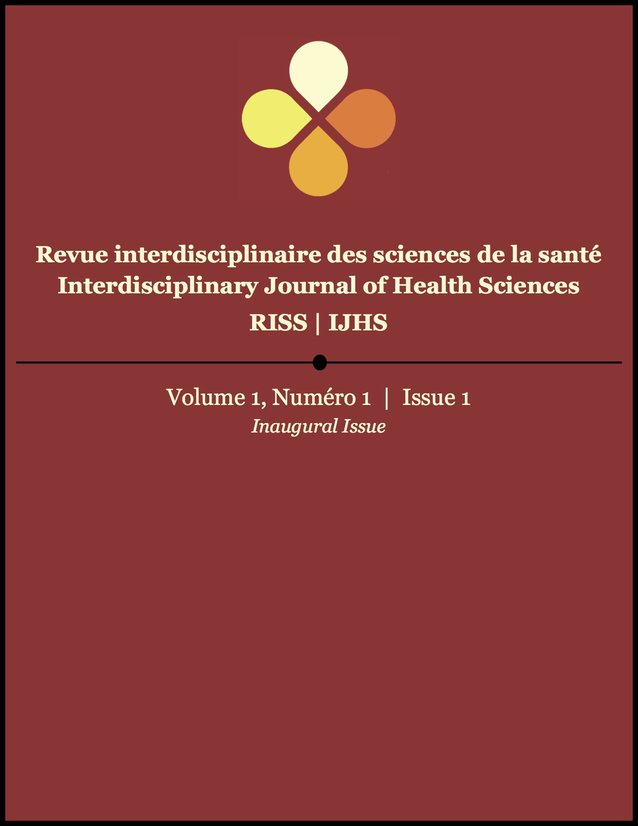The Environmental Causes of Cancer: A Literature Review
DOI :
https://doi.org/10.18192/riss-ijhs.v1i1.1536Mots-clés :
Social media, social networking, health promotion, health communication, online health information, emergency management, interprofessional communicationRésumé
Social media holds considerable potential for health promotion and other health intervention activities, as it addresses some of the limitations in traditional health communication by increasing accessibility, interaction, engagement, empowerment and customization. The use of social media increases the potential for easy access to preventive medicine, interaction with health care providers, interprofessional communication in emergency management, and public health. However, more research is needed to determine its long term effectiveness and to maximize the strategic presence of health organizations on social networking websites. This paper provides encouraging information about the possibilities of using social media to improve access to health information and health care providers, as well as to promote positive health behaviour change. It is essential for health promotion organizations to capitalize on the opportunities provided by social media, in order to modernize strategies to reach all age groups and to tailor programs to current communication trends, all of which are offered at a relatively low cost.
Références
Boffetta, P. , & Nyberg, F. (2003). Contribution of environmental factors to cancer risk. Br Med Bull., 68(1), 71-94. doi: 10.1093/bmp/ldg023
Boffetta, P. (2006). Human cancer from environmental pollutants: the epidemiological evidence. Mutat Res., 608 (2):157-62. doi: 10.1016/j.mrgentox.2006.02.015
Bourdès, V., Boffetta, P., & Pisani, P. (2000). Environmental exposure to asbestos and risk of pleural mesothelioma: review and meta-analysis. Eur J Epidemiol., 16(5), 411-7. doi: 10.1023/A:1007691003600
Boyd, D. R., & Genius, S. J. (2008). The environmental burden of disease in Canada: Respiratory disease, cardiovascular disease, cancer, and congenital affliction. Environ Res., 106(2), 240-9 . doi: 10.1016/j.envres.2007.08.009
Bukowski, J. A., & Wartenburg, D. (1997). A n Alternative Approach for Investigating the Carcinogenicity of Indoor Air Pollution: Pets as Sentinels of Environmental Cancer Risk. Environ Health Perspect., 105(12), 1312–1319.
Cancer and the Environment.. (2003). National Institute of Environmental Health Sciences.
Villanueva, C. M., Fernández, F., Malats, N., Grimalt, J. O., & Kogevinas, M. (2003). Meta-analysis of studies on individual consumption of chlorinated drinking water and bladder cancer. J Epidemiol Community Health, 57(3), 166-173 . doi: 10.1136/jech.57.3.166
Kundi, M. (2009). The Controversy about a Possible Relationship between Mobile Phone Use and Cancer. Environmental Health Perspectives, 117(3). doi: 10.1289/ehp.11902
Preventing disease through healthy environments: Towards an estimate of the environmental burden of disease. WHO 2006.
Prüss-Üstün, A., & Corvalán, C. (2006). Preventing disease through healthy environments: Towards an estimate of the environmental burden of disease. World Health Organization.
Trédaniel, J., Boffetta, P., Saracci, R., & Hirsch, A. (1997). Non-smoker lung cancer deaths attributable to exposure to spouse's environmental tobacco smoke. Int J Epidemiol., 26(5), 939-44
Van der Leun, J. C., Piacentini, R. D., & Gruij, F. R. (2008). Climate change and human skin cancer. Photochem Photobiol Sci., 7(6), 730–733. doi: 10.1039/b719302e
Téléchargements
Publié-e
Numéro
Rubrique
Licence
- Tous les auteurs dont l’article est publié dans la RISS en conserveront les droits.
- Les auteurs accordent à la RISS le droit d’être la première à publier les articles qui lui sont soumis.
- Tous les articles publiés dans la RISS sont autorisés en vertu d’une licence Creative Commons Attribution à être circulé si les auteurs et la revue de la publication originale sont reconnus.
- La RISS est publiée en ligne et imprimée. La RISS n’est pas responsable de l’utilisation non autorisée du contenu publié sous forme électronique ou imprimée.
- La RISS retient les droits de distribution de tout le contenu.
- Les auteurs, et non la RISS, sont responsables d’avoir obtenu les permissions nécessaires concernant les travaux cités.


